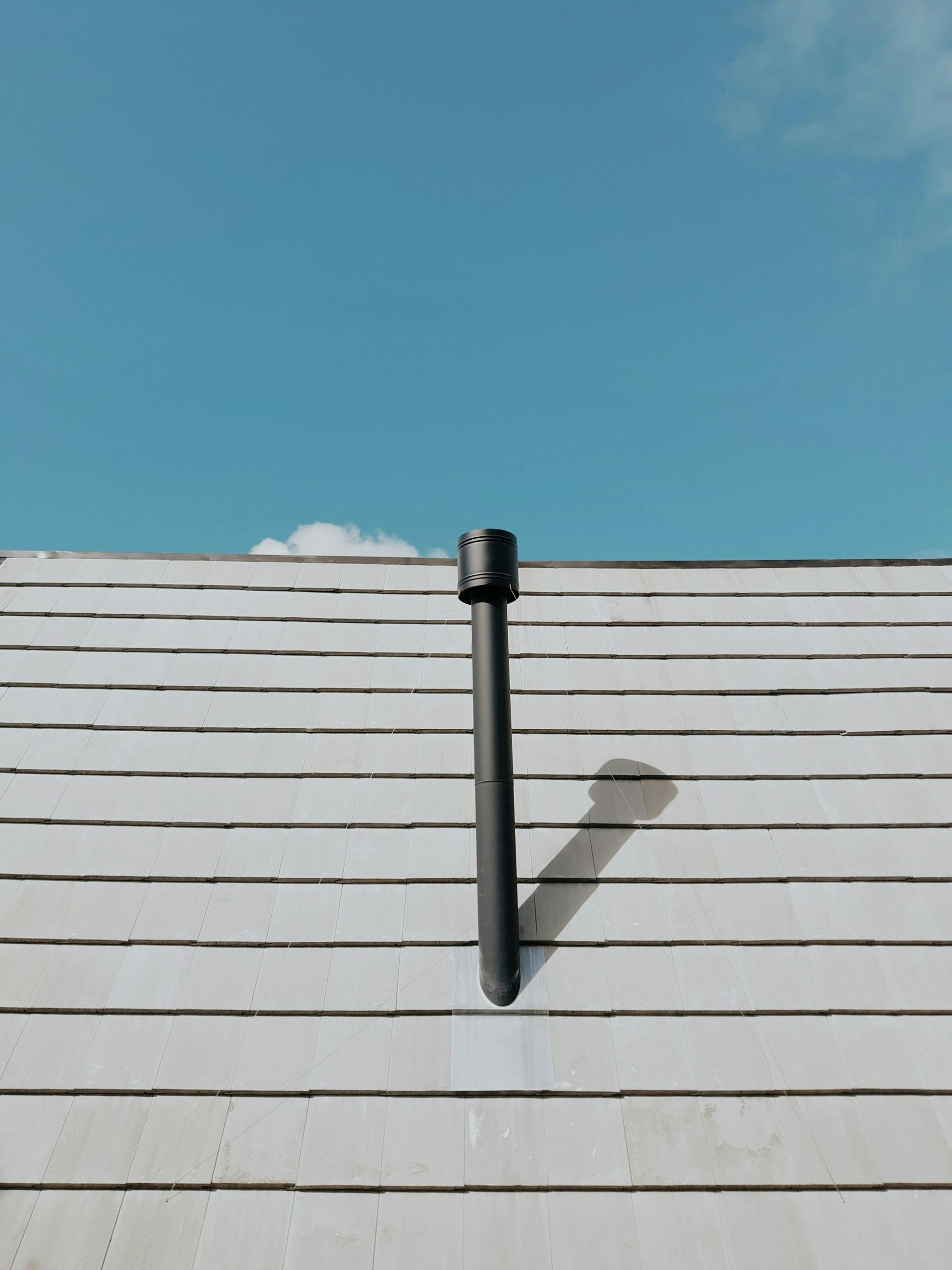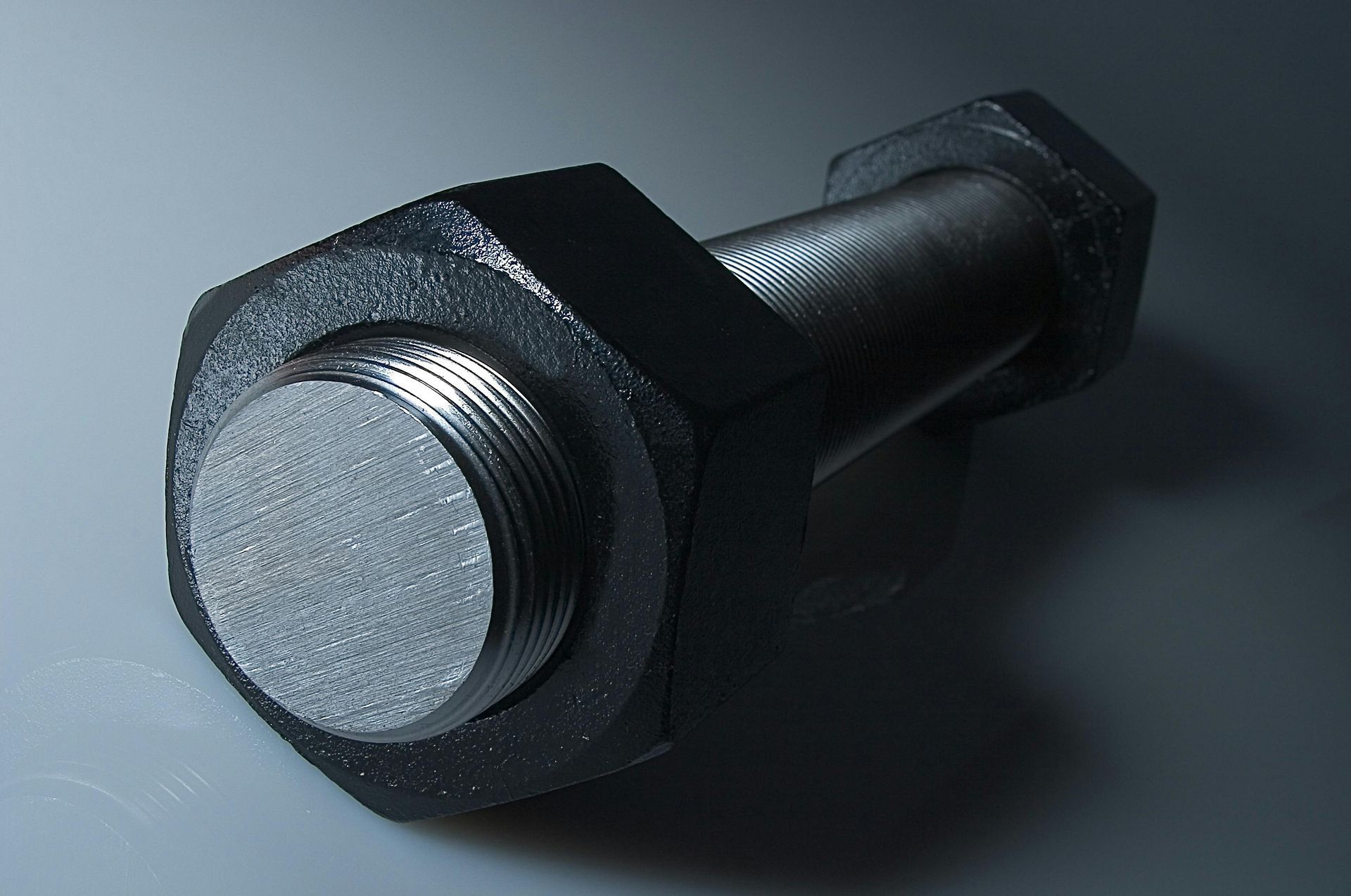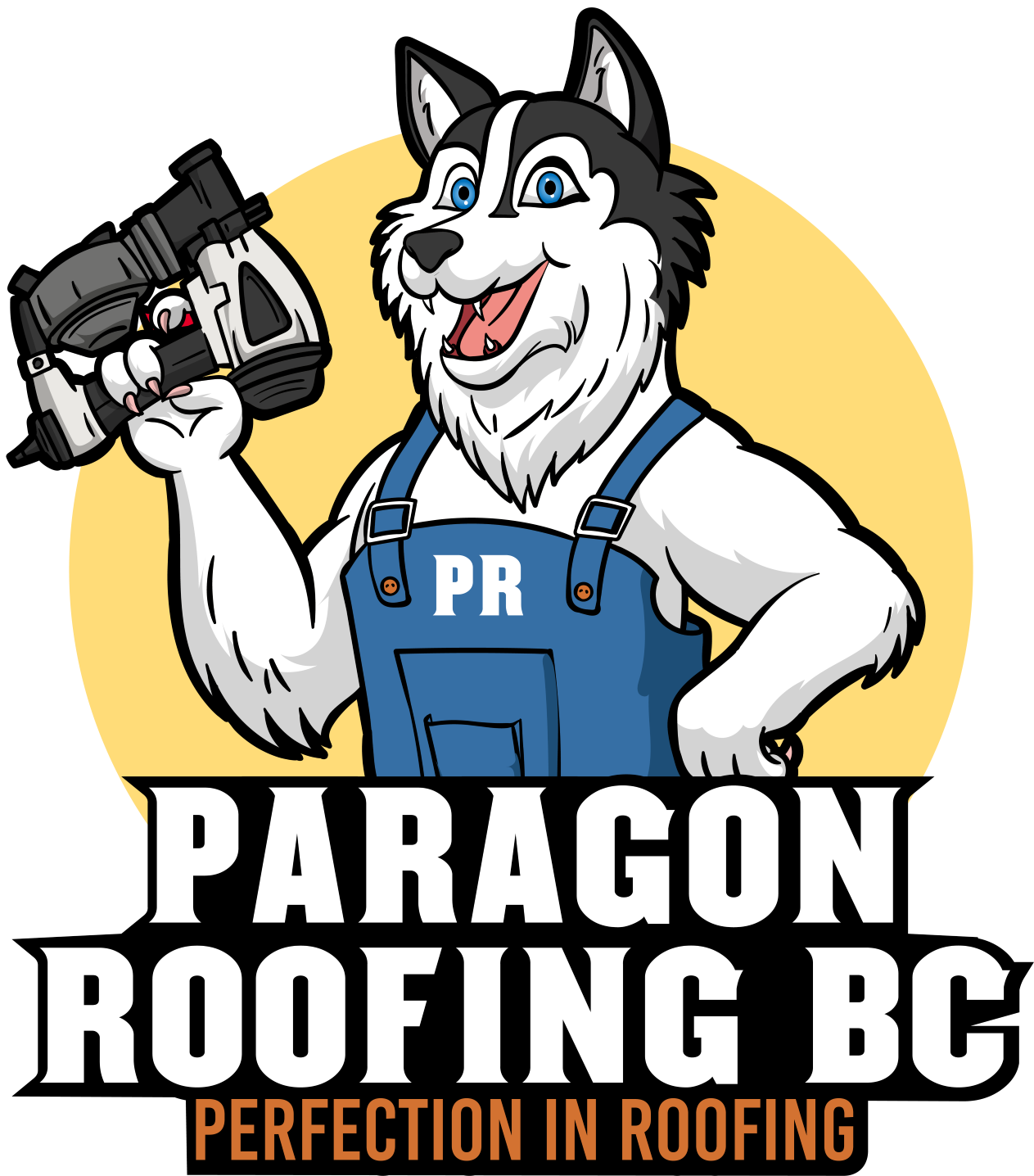In Vancouver’s heavy rain, neither metal nor asphalt “wins” by default —the assembly does.
A metal roof with sealed underlayment, closures, and open valleys performs superbly; an asphalt system with sealed deck, eave protection, and rain-baffled vents matches it. The details—not the material—decide performance. ([rpm.rcabc.org][1], [Diversified Energy][2])
Need help with roofing in Vancouver ? Get a same-week assessment.
rain-ready metal roofing Vancouver · temperature/insulation · best metals
Vancouver’s rain reality (and why assemblies matter)
Greater Vancouver averages ~1,189 mm of annual precipitation at YVR, with many microclimates (North Shore, Anmore) seeing far more. Long, windy wet spells mean water arrives sideways, exploring every lapse in underlayment, edges, or vents. That’s why local standards focus on redundant barriers and flashed paths —not just the outer surface. ([constructconnect.com][3], [bchousing.org][4])
Bottom line: in this climate, durability rides on (1) sealed underlayers, (2) smart edges/valleys, and (3) ventilation that lets decks dry between storms—not on whether the top layer is metal or asphalt. ([rpm.rcabc.org][5])
How a metal roof handles heavy rain—when it’s detailed right
Strengths
- Fewer horizontal laps(full-length pans) and mechanically locked seams shed volume efficiently on steep slopes. RCABC’s Architectural Sheet Metal (ASM) Standard sets the playbook for panel gauge, clips, and seam geometry. ([rpm.rcabc.org][1])
- Purpose-made closures at ridges/eaves block wind-driven rain entry under panels; vented ridge assemblies include baffles, separation layers, and cap details. ([rpm.rcabc.org][6])
- Easy to pair with open-metal valleys(continuous liners with sealed laps), creating a slick, high-capacity “river” where storms concentrate flow. ([rpm.rcabc.org][7])
Non-negotiables
- Underlayment must match slope and exposure; RCABC/NRCA call for accepted synthetics or self-adhered membranes under architectural metal. Don’t skimp. ([National Roofing Contractors Association][8])
- Use vented battens (above-sheathing ventilation) where desired; they help purge incidental moisture and heat, but they don’t replace closures or underlayment. RCABC shows when sub-panel ventilation is required/recommended. ([rpm.rcabc.org][9])
Where metal helps in rain: long valleys, complex roof plans, and borderline slopes (within the manufacturer’s limits) where the smooth trough + closures give extra margin. ([rpm.rcabc.org][1])
How an asphalt roof handles heavy rain—when it’s detailed right
Strengths
- Self-sealing tabs(activated in mild weather) resist blow-in; in cold installs or on steep slopes, hand-sealing is required by manufacturers and trade guidance. ([ibhs.org][10], [asphaltroofing.org][11])
- Eave protection(self-adhered membrane) and edge metal at eaves/rakes are standard in B.C. practice; Vancouver’s by-law codifies when and how eave protection is required. ([rpm.rcabc.org][12], [BC Publications][13])
- Open-metal valleys over continuous liners are detailed in the RCABC RPM; they move peak storm volume with fewer turbulence points than closed-cut shingle valleys. ([rpm.rcabc.org][7])
Game-changer for storms: a sealed roof deck(taping OSB/plywood seams and/or two-ply underlayment). IBHS testing shows sealing can cut water entry by ~95% if surfacing is damaged—insurance against wind-driven rain. ([ibhs.org][14], [FORTIFIED - A Program of IBHS][15])
The true deciders in Vancouver’s rain
- Underlayment & deck sealing
- Metal: accepted synthetics/self-adhered at eaves/valleys; slope-appropriate. ([National Roofing Contractors Association][8])
- Asphalt: self-adhered eave protection + felt/synthetic underlayment; sealed deck where you want maximum resilience. ([rpm.rcabc.org][12], [Diversified Energy][2])
- Valleys
- Prefer open-metal valleys with continuous liners and sealed shingle-fashion laps (both systems). They carry Vancouver storm loads cleanly. ([rpm.rcabc.org][7])
- Edges & penetrations
- Edge metal at eaves/rakes is required/recommended by RCABC; start/finish courses tie onto valley metal and membranes. ([rpm.rcabc.org][5])
- Ventilation for drying
- Continuous soffit intake+ ridge exhaust(externally baffled designs) helps keep decks dry between weather systems. (Do not rely on powered fans to “fix” rain entry.) ([rpm.rcabc.org][6])
- Installation conditions
- Cool, wet days? For asphalt, hand-seal; for metal, mind sealants and gasketed fasteners and ensure closures are seated and continuous. ([ibhs.org][10], [rpm.rcabc.org][16])
Quick comparison for heavy rain performance
| Element | Metal roof (standing seam) | Asphalt shingles |
|---|---|---|
| Primary water path | Long pans + locked seams | Overlapping tabs + self-seal |
| Underlayer | Slope-rated synthetics/self-adhered at eaves/valleys | Self-adhered eaves + felt/synthetic field |
| Valleys | Open-metal over continuous liners | Open-metal over continuous liners |
| Wind-driven rain defense | Closures at eaves/ridge; baffled ridge vents | Sealed deck greatly reduces leaks if surfacing lifts |
| Cold/steep install | Check sealants/closures fit | Hand-seal per ARMA/IBHS guidance |
| Code/standards anchors | RCABC ASM Standard & details | RCABC Asphalt Shingle Standard & details |
([rpm.rcabc.org][1], [ibhs.org][14])
Decision guide: when I lean metal vs. asphalt (for rain only)
- Complex roof with long valleys, low-ish slopes within spec, windward exposure?
Go metal with full closures, open valleys, and robust underlayment. ([rpm.rcabc.org][1]) - Simple gable/hip, good slope, value focus, but want storm resilience?
Go asphalt with sealed deck, open valleys, and by-the-book edges. ([Diversified Energy][2]) - Either system: if the plan is chopped, valleys discharge into walls, or you’re in a wetter microclimate, spend on valley liners, eave protection, and sealed substrates before upgrading the visible surface. That’s where leaks start. ([rpm.rcabc.org][7])
Field mistakes that cause “rain leaks” (and how to avoid them)
- Unsealed deck joints (asphalt)
→ water rides the laps in storms once tabs flutter.
Fix: tape seams or use 2-ply synthetic/self-adhered per FORTIFIED options. ([FORTIFIED - A Program of IBHS][15]) - No closures (metal)
→ wind blows rain under panel ribs at eaves/ridge.
Fix: install manufacturer/RCABC-accepted closures and vent components. ([rpm.rcabc.org][6]) - Closed-cut shingle valleys on high-volume runs
→ turbulence & blow-over.
Fix: switch to open metal with continuous liner and sealed laps. ([rpm.rcabc.org][7]) - Weak edge sequencing
→ capillary entry at eaves/rakes.
Fix: drip/edge metal and membranes overlapped shingle-fashion, per RCABC. ([rpm.rcabc.org][5]) - Cold-weather asphalt install without hand-sealing
→ tabs don’t bond.
Fix: follow ARMA/IBHS hand-sealing rules in cold or on steep slopes. ([ibhs.org][10])
What Vancouver’s by-law and RCABC expect (the short version)
- Eave protection on shingle/shake/tile roofs per VBBL 9.26; extend membranes the correct distance up the slope from the eaves. ([BC Publications][13])
- Edge metal and starter courses tied onto valley/membrane flashings for asphalt systems. ([rpm.rcabc.org][5])
- Metal roofing to the ASM Standard for clips, seams, closures, and ridge treatments; follow the slope-dependent underlayment rules. ([rpm.rcabc.org][1])
Meet those—and the weather becomes boring.
People Also Ask — snippet-ready answers
Do metal roofs shed Vancouver’s heavy rain better than asphalt?
Both can perform equally well
—if detailed correctly. Metal relies on closures, sealed underlayment, and open valleys; asphalt relies on sealed decks, eave protection, and open valleys. The assembly
decides. ([rpm.rcabc.org][1])
What’s the #1 upgrade for heavy rain resilience?
A sealed roof deck(taped sheathing seams and/or two-ply underlayment). IBHS testing shows it can cut water entry by ~95%
if surfacing is compromised. ([ibhs.org][14])
Are open-metal valleys really better in Vancouver?
Yes. Open valleys over continuous liners move big storm volumes with fewer turbulence points than closed-cut shingle valleys. RCABC details them for both systems. ([rpm.rcabc.org][7])
Do I need special edges for heavy rain?
Yes— drip/edge metal
at eaves and rakes, with eave protection lapped shingle-fashion under starters. That stops capillary entry and backwash. ([rpm.rcabc.org][5])
Does Vancouver’s climate change the choice?
It changes the details. With ~ 1,189 mm
annual precipitation and wind-driven rain episodes, redundancy (sealed deck/underlayment, valleys, closures) matters more than the visible surface. ([constructconnect.com][3])
Final take (owner’s perspective)
Pick metal for clean water paths on complex roofs and for panel-system advantages; pick asphalt when a sealed deck and careful edge/valley work delivers the resilience you want within budget. In both cases, Vancouver’s rain rewards the same discipline: seal the underlayer, build smooth valleys, flash the edges, and ventilate to dry. Do that, and either roof shrugs off November.
Need help with roofing in Vancouver ? Get a same-week assessment.
Explore: rain-ready metal roofing Vancouver · temperature/insulation · best metals
—
References (not included in word count)
- • RCABC – Asphalt Shingle Systems Standard & details: starters, edge metal, application, open valleys. ([rpm.rcabc.org][5])
- • RCABC – ASM (Architectural Sheet Metal) Standard & ridge details: closures, ridge/eave treatments, underlayment guidance. ([rpm.rcabc.org][1])
- • Vancouver Building By-law (Roofing): eave protection requirements (Part 9). ([BC Publications][13])
- • IBHS / FORTIFIED: sealed roof deck research and options; large reduction in water entry. ([ibhs.org][14], [FORTIFIED - A Program of IBHS][15])
- • Environment & Climate Change Canada / ConstructConnect summary: YVR annual precipitation context. ([constructconnect.com][3])
[1]: Standard for Architectural Sheet Metal (ASM) Systems
[2]: Water Entry through Roof Sheathing Joints and Attic Vents
[3]: 2024 was Vancouver's wettest year so far this century
[4]: Wind-Driven Rain Study
[5]: Asphalt Shingle Systems Standard - RCABC Roofing Practices ...
[6]: ASM 10.4.3 Ridge (Vented)
[7]: Asphalt Shingles - Open Valley
[8]: UPDATED BEST PRACTICES
[9]: ASM Ridge (Vented, Uninsulated)
[10]: Wind Uplift of Asphalt Shingles
[11]: Asphalt Roofing Residential Manual Design and ...
[12]: Asphalt Shingles - Application (Common and Steep Slopes)
[13]: Division B - Section 9.26. Roofing
[14]: A Brief History of IBHS Sealed Roof Deck Research
[15]: Technical Documents - FORTIFIED - A Program of IBHS
[16]: ASM 10.4.5 Ridge (Snap Seam, Notched and Vented)




